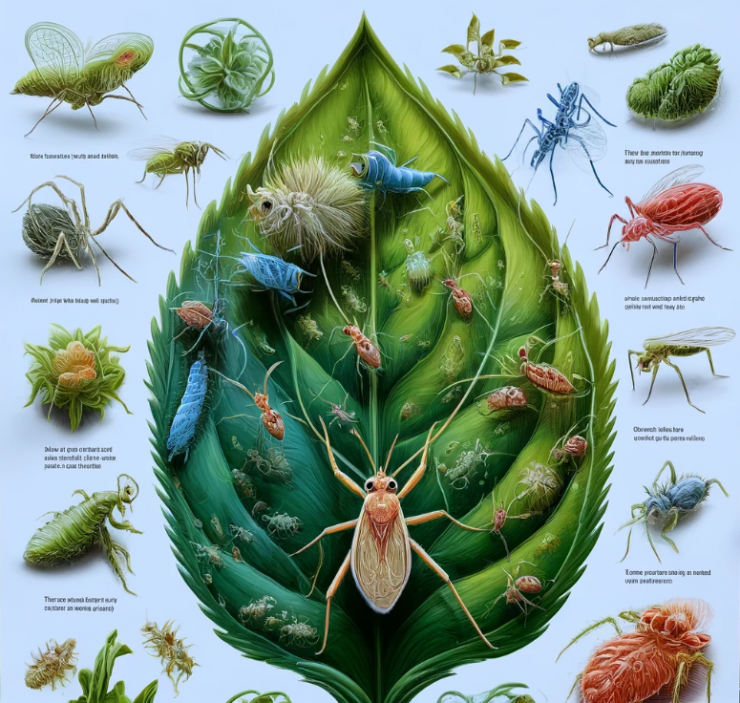Are you tired of battling tiny pests like thrips that wreak havoc on your beloved plants? Worry no more! With the right approach, you can rid your plants of these pesky invaders using simple and natural methods that are safe for both your plants and the environment. In this guide, we’ll explore effective strategies to eliminate thrips and other pests, allowing your greenery to thrive once again.
Understanding Thrips and Other Plant Pests
Thrips are minuscule insects that can cause significant damage to plants by piercing their surfaces and sucking out the juices, leading to stunted growth, distorted leaves, and even plant death in severe cases. These pests are not only a nuisance but can also spread diseases among your plants, making it crucial to address the issue promptly.
Aside from thrips, various other pests can plague your plants, including aphids, spider mites, and whiteflies, each presenting its own set of challenges. However, the good news is that many natural remedies can effectively control these pests without resorting to harsh chemicals.
Natural Pest Control Methods
Neem Oil: Derived from the neem tree, neem oil is a potent natural insecticide that disrupts the life cycle of pests like thrips and aphids. Dilute neem oil with water and spray it onto your plants, focusing on the undersides of leaves where pests tend to hide.
Diatomaceous Earth: This fine powder, made from fossilized algae, is abrasive to insects with exoskeletons, causing them to dehydrate and die. Sprinkle diatomaceous earth around the base of your plants or directly onto affected foliage to control pests effectively.
Beneficial Insects: Introducing beneficial insects such as ladybugs and predatory mites into your garden can help keep pest populations in check. These natural predators feed on pests like aphids and thrips, providing sustainable, long-term pest control.
Homemade Insecticidal Soap: Mix a solution of mild liquid soap (free of additives) and water to create a homemade insecticidal soap spray. This solution suffocates soft-bodied pests like aphids and spider mites upon contact while being gentle on plants.
Companion Planting: Certain plants, such as marigolds, chrysanthemums, and lavender, possess natural pest-repelling properties. Interplanting these companion plants among your vulnerable crops can help deter pests and reduce infestations.
Cultural Practices: Maintaining good garden hygiene, such as removing debris and weeds, regularly pruning, and rotating crops, can minimize pest habitat and prevent infestations from taking hold.
Conclusion
By implementing these simple and natural pest control methods, you can effectively combat thrips and other pests while promoting a healthy and thriving garden ecosystem. Remember to monitor your plants regularly for signs of infestation and take proactive measures to address any issues promptly. With a little patience and diligence, you can enjoy lush, pest-free foliage and bountiful harvests year-round.
Say goodbye to thrips and hello to a flourishing garden with these natural pest control solutions!






Add comment